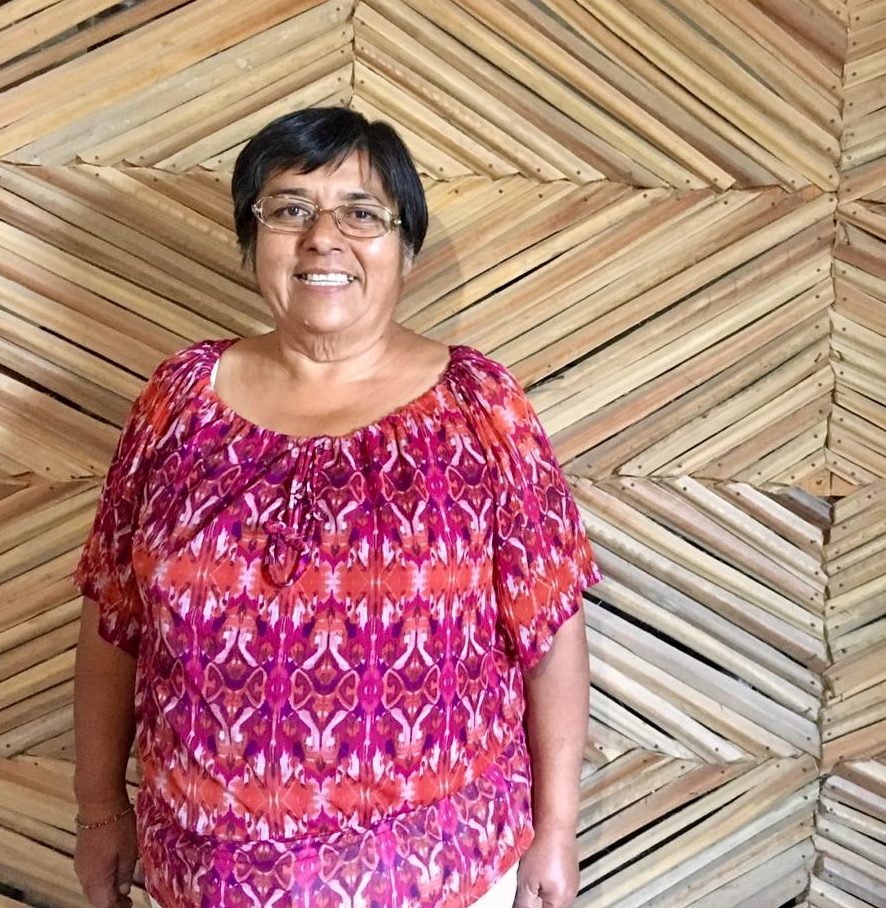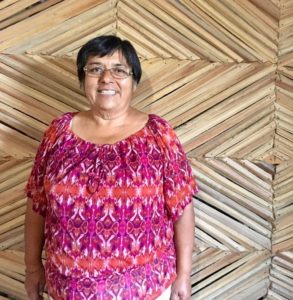We often talk about how we talk about what we do. In all honesty, this has been a conversation since the inception of our organization, and it’s never been an easy one. Over the years we have created elevator speeches, worked on pitches, revised our mission, told the story of our founder, and explained our work through stories. It all works…to some extent. Recently, I have come to recognize that it’s the complexity of our work that makes talking about us so challenging. We recognize that humans aren’t single-issue beings, and that the communities that we live in and work in are not single-issue spaces. We continue to learn, everyday, about the intersections of identities, and how all that we do is interrelated. We are compelled to see connections, and we continue to return to building relationships as the basis of our organization. We are wary of relying on buzzwords to describe our work, and we are certain that numbers alone aren’t capable of showing our impact.
So, where does this leave us? I just returned from working with our team and programs in Baja California Sur, México and, I must say, there’s nothing like a site visit to force you to practice talking about Philanthropiece. You’re constantly being asked about and needing to expound about our work. It happens with folks on the plane, with bus drivers and hotel workers, with people sitting next to you at a restaurant. You even find yourself summarizing our work with your own colleagues and program participants. What do we do? Who do we work with? How do we do it? How do we know we are successful? Who started all of this? Why do they do it? What are the hard parts? What are the beautiful parts? The portals to enter into the conversation are almost endless.
Recently, in México, I intentionally stepped through many doors to answer the question of what do I do and why am I here. I found myself using a few phrases repeatedly: We invest in communities. We catalyze opportunities. We promote positive change. We foster resiliency. If it makes sense to do so, I’ll go on, describing that our work takes place across borders, with an incredible, diverse, and engaged team.
If the spirit is there, I’ll elaborate : “We work in three different regions: the Guatemalan Highlands, BCS México, and Boulder County Colorado. Our mission and approach connect us. Because we recognize that folks and communities have different needs and assets, we do not enter knowing the work that we are going to do. Rather, we build relationships and listen to community members to understand what they want to do. That looks different based on the context. For example, here in México, we support people in forming groups to save their money and build their knowledge on personal finances; in Guatemala our programs support Mayan university students in their personal and professional development, and we operate a social entrepreneurship incubator; in Colorado we work at the intersection of social justice, supporting folks and organizations that focus on indigenous rights, immigrant rights, economic justice, climate justice, and youth engagement.”
If whoever I am talking to is still engaged, I’ll follow with a story to show – rather than tell about – our impact. The one I’ve been sharing this past week goes something like this:
Martina, Community Savings Group member in B.C.S., Mexico.
“I recently got to visit a small ranching community in the mountains of BCS called San Miguel. There I met one of the 150 residents, a matriarch named Martina who spends her days raising goats, baking bread in a brick oven, and making dulces from local fruit. Martina invited me into her home, and sat me down around a table that could easily fit twenty. Eventually I was joined by her family members who were there for their weekly community savings group meeting. As the gathering commenced, Martina proudly shared that she has saved $300.00 pesos in the past months solely by cutting out her daily treat of Sabritas (generic term that references a brand that sells snack-sized bags of chips and other crunchy snacks). She whooped with laughter as she shared, ‘I actually find myself out of habit walking into the tienda across the street. I even pick out the Sabritas, carry the bolsa to the register and whip out my pesos. Then I say ‘Martina, no!’ And I put those diez pesos right back in my pocket, return the bag of chips, and go on home.’ Martina completed her story by pointing to her midsection and chuckling, ‘And I’ve lost some of this panza, too!’ I also learned from Martina that she has completed the goal that she established upon forming the savings group last year: each of her four children and four grandchildren are saving and are creating healthy habits.”
So that’s that. Talking about Philanthropiece is just talking about it. Mentioning for just a moment a phrase that captures our mission, then quickly moving on to the last meaningful moment we have had related to our work. One of our goals for this year is to work on sharing our message and telling our stories. We are doing this through our bi-monthly e-newsletter, PhilanthroStories, through our new website, through blog posts and social media. Thank YOU for reading this article, for being attentive to our stories, and for engaging in our work. Want to know more? Let’s connect! Give us a call, drop us an email, or better yet, stop by one of our offices…we’d love to talk!
Katie Doyle Myers initiated her work with Philanthropiece as an Advisory Board member back in 2008. She currently serves as the foundation’s Executive Director.


